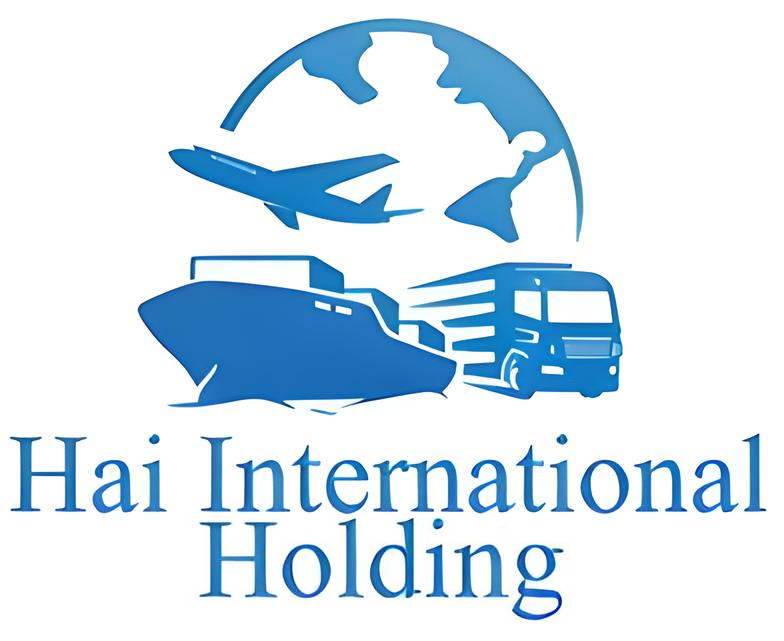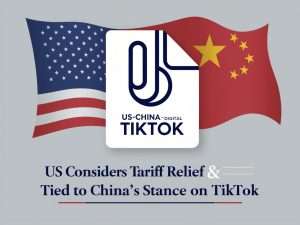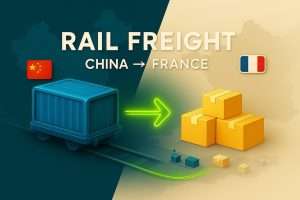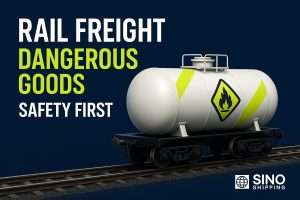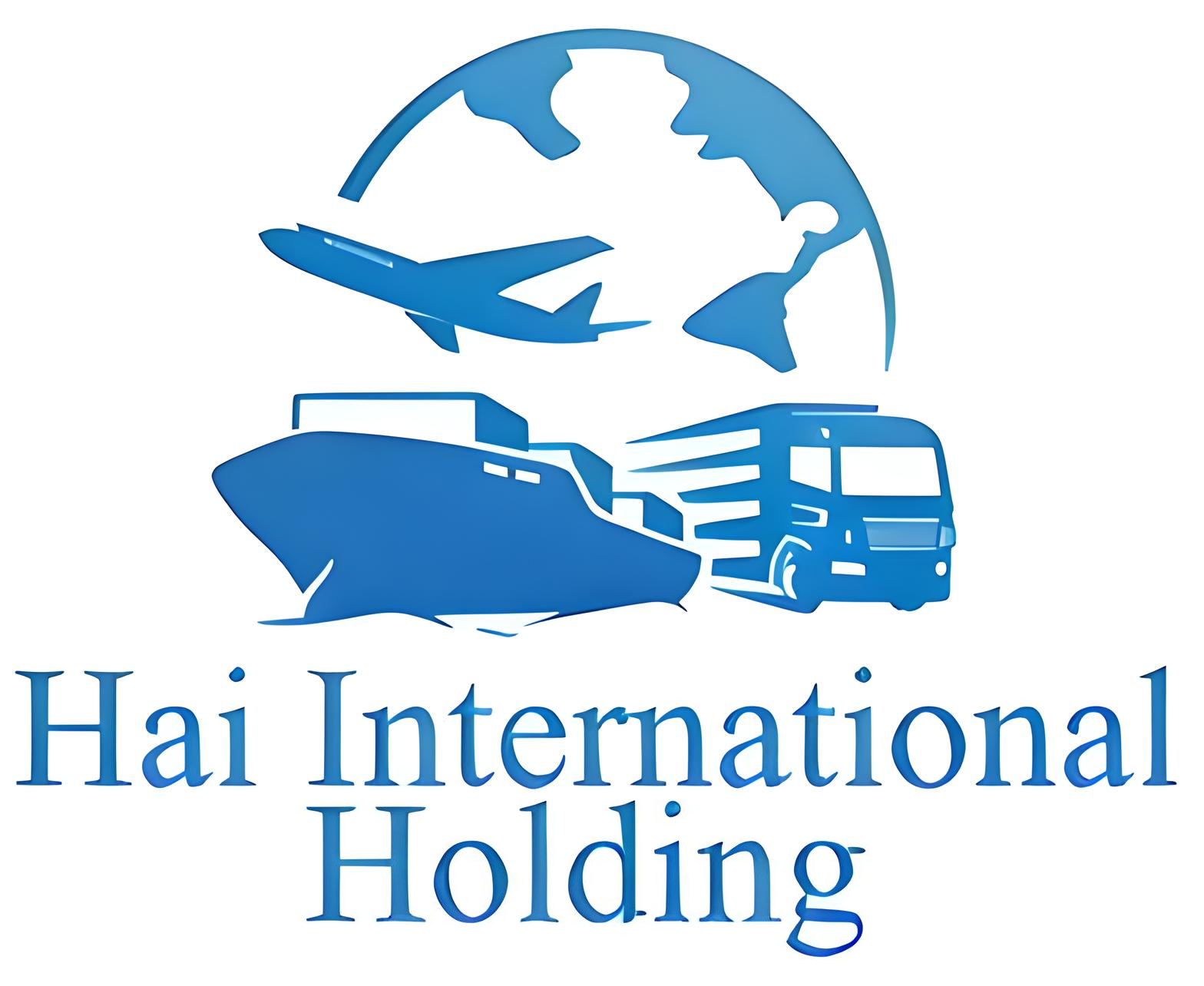Introduction to Exporting Goods to China
Why Export to China?: Potential and Benefits
Have you ever pondered the untapped potential of the Chinese market for your business? China’s vast and ever-growing market offers a goldmine of opportunities for global exporters. As the world’s second-largest importer, China’s diverse consumer base is increasingly seeking quality and variety in products, from luxury goods to advanced technological equipment.
This burgeoning demand is backed by compelling statistics. For instance, in 2021, China’s import of goods and services reached a staggering $2.6 trillion, as per the World Bank data. By tapping into this market, businesses not only gain access to a massive consumer base but also diversify their market exposure, reducing risks and increasing growth potential.
First Steps in Exporting: Preparing for the Chinese Market
So, how do you begin your journey into this lucrative market? The first step is comprehensive market research. What are the emerging trends? What do local consumers crave? For example, the current shift towards sustainability and green products in China opens new avenues for exporters in these niches.
Equally important is understanding and adhering to China’s regulatory landscape. The country has stringent import regulations and standards that must be meticulously followed. This is where a partnership with experienced entities like HAI International Holding becomes invaluable, offering guidance through complex legal terrain.
Finally, mastering logistics is key. Weighing the pros and cons of air versus sea freight, comprehending cost implications, and grasping the nuances of shipping timelines are critical to the success of your export strategy in China.
Understanding the Chinese Market for Exporters

Consumer Preferences: Tailoring Products for Chinese Consumers
Did you know that Chinese consumers’ preferences are rapidly evolving? In China, a burgeoning middle class with increasing purchasing power is seeking quality, authenticity, and innovation in products. For instance, there’s a notable trend towards organic and health-oriented products, reflecting a growing health consciousness among Chinese consumers.
Understanding these preferences is key to tailoring your products to meet the market demand. Localization of products can significantly boost their appeal. An example of this is the adaptation of food products to suit local tastes, which has been a successful strategy for many international food companies in China.
Market Dynamics and Trends: Keeping Up with Changes
How do you stay ahead in a market as dynamic as China’s? The Chinese market is characterized by rapid changes in consumer behavior and technological advancements. For instance, the e-commerce sector in China is one of the most advanced in the world, with online sales accounting for a significant portion of retail sales.
To keep up, it’s essential to stay informed about the latest market trends and technological shifts. Leveraging social media platforms like WeChat and Weibo for marketing and customer engagement has proven effective for many brands. Staying attuned to these changes can be the difference between success and failure in the Chinese market.
Legal Requirements for Exporting to China

Essential Documentation: Preparation Essentials
Are you aware of the documentation required to export to China? Exporting to China requires meticulous preparation and understanding of the necessary documentation. This includes obtaining the right export licenses, product certifications, and customs declarations.
For example, a key document is the China Compulsory Certification (CCC), which is required for a wide range of products before they can be imported and sold in China. Ensuring you have all the necessary documents in order is critical to a smooth export process.
Chinese Laws and Regulations: Ensuring Compliance
How do you navigate the complex legal landscape of China? Compliance with Chinese laws and regulations is non-negotiable for successful market entry. This includes understanding import regulations, tax laws, and industry-specific regulations.
Staying updated with the latest legal changes is crucial. For instance, China’s import regulations are frequently updated, and non-compliance can lead to costly penalties or shipment delays. Partnering with local experts or hiring specialists with knowledge of Chinese legal frameworks can greatly aid in navigating these complexities.
Selecting a Freight Forwarder for China Export Success

Freight Forwarding in China: The Role of HAI International Holding
Why is choosing the right freight forwarder critical for your success in the Chinese market? This is a question every exporter must ponder. The answer lies in understanding the complex logistics landscape of China. HAI International Holding, a prominent player in this field, specializes in navigating these complexities. With their in-depth local knowledge and extensive network, they play a pivotal role in ensuring that your goods reach their destination efficiently and cost-effectively.
When exporting to China, encountering logistical challenges is almost a given. HAI International Holding stands out by offering customized solutions tailored to each client’s needs. Their expertise in handling varied cargo types and navigating regulatory requirements makes them an invaluable ally.
Choosing the Best Freight Forwarder: Criteria for Selection
Selecting the right freight forwarder involves more than just comparing prices. It’s about finding a partner who can navigate the nuances of the Chinese market. Here are three key criteria to consider:
- Local Expertise: Does the freight forwarder have on-the-ground knowledge of China? This is crucial for dealing with local customs and regulations.
- Network and Resources: Do they have a robust network and the necessary resources to handle your specific shipping needs?
- Client-Centric Approach: Are they willing to customize their services to meet your unique requirements and provide personalized support throughout the process?
Shipping and Logistics Strategies for China Exports

Sea vs Air Freight to China: Evaluating Shipping Options
When it comes to shipping to China, one of the first decisions you’ll face is choosing between sea and air freight. Sea freight is often more cost-effective for larger shipments, despite its longer transit time. On the other hand, air freight is the go-to option for time-sensitive shipments, albeit at a higher cost.
Did you know that over 90% of global trade is transported by sea? Yet, for urgent or high-value items, air freight’s speed is unrivaled. Your choice will depend on factors like budget, cargo size, and timeline.
Customs Clearance in China: Simplifying the Process
Customs clearance in China can be daunting, with its stringent regulations and paperwork. However, an experienced freight forwarder can make this process smoother. They can help you navigate the complex documentation required and ensure compliance with Chinese customs laws, thus avoiding costly delays.
For instance, misclassifying a product can lead to significant fines. A knowledgeable freight forwarder will ensure your goods are correctly classified and the necessary paperwork is meticulously prepared.
Packaging and Labeling for the Chinese Market: Best Practices
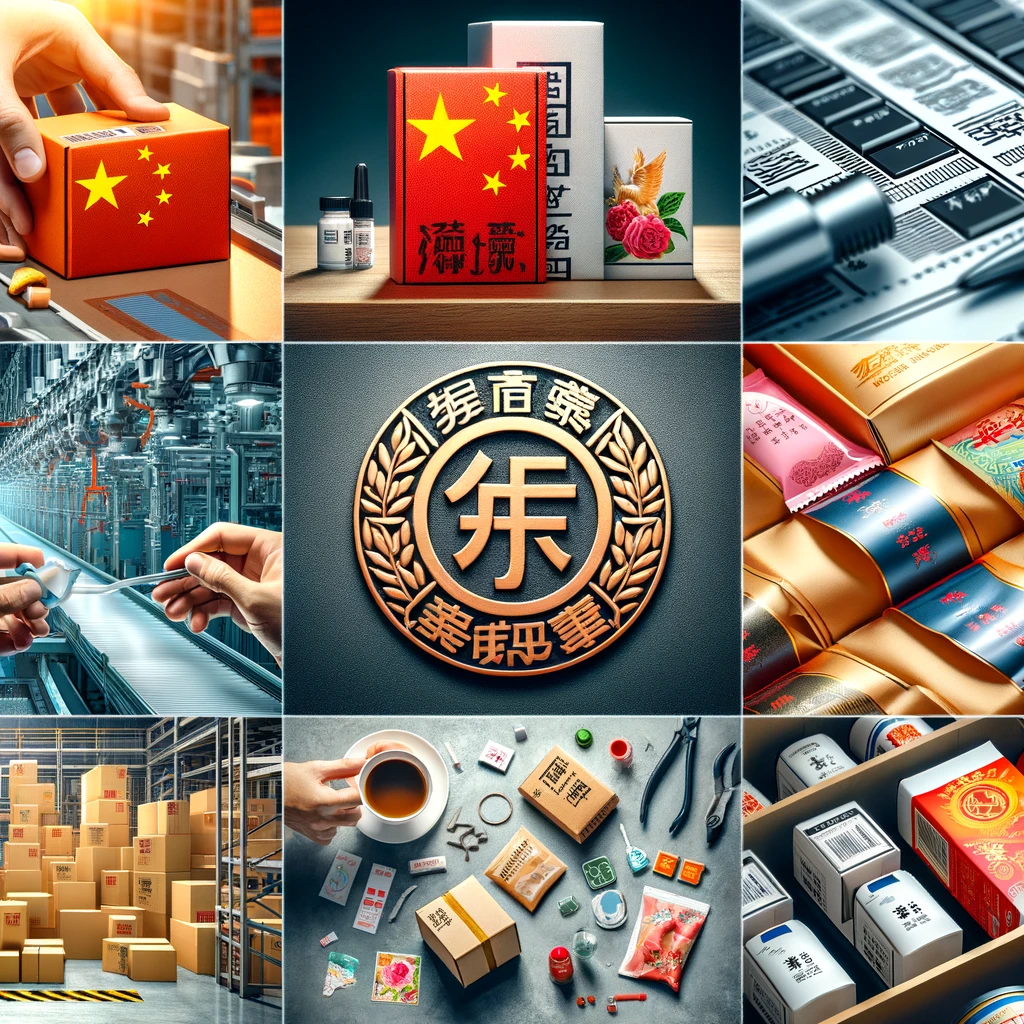
Chinese Export Packaging Standards: Ensuring Compliance
Packaging for the Chinese market requires more than just durability; it demands compliance with specific standards. China has regulations regarding the material, size, and strength of packaging, especially for sensitive or hazardous materials.
For example, improper packaging can lead to damage during transit, resulting in losses and dissatisfaction. By adhering to the prescribed standards, exporters can avoid such pitfalls, ensuring their products arrive in pristine condition.
Effective Labeling Strategies in China: Capturing Consumer Attention
Labeling in China is not just about compliance; it’s also a vital marketing tool. Labels must include mandatory information in Mandarin Chinese, such as product name, country of origin, and importer details.
But beyond compliance, smart labeling can enhance brand visibility and appeal to Chinese consumers. Utilizing eye-catching designs and cultural nuances can make your product stand out in a crowded market.
Cost-Effective Exporting to China: Tariffs, Taxes, and Budgeting

Navigating Tariffs and Taxes: Reducing Financial Burdens
How can exporters minimize the impact of tariffs and taxes when exporting to China? This question is vital for maintaining profitability. China’s tariff system can be complex, with rates varying based on product types and trade agreements. Staying informed about the latest tariff schedules and leveraging Free Trade Agreements (FTAs) can significantly reduce costs.
For example, under the China-Australia Free Trade Agreement (ChAFTA), many Australian products enjoy lower tariff rates. This type of strategic knowledge can lead to substantial savings. Moreover, understanding Value-Added Tax (VAT) in China and how it applies to your exports is crucial for accurate budgeting.
Budgeting for China Exports: Minimizing Costs, Maximizing Returns
Effective budgeting is not just about cutting costs; it’s about allocating resources wisely to maximize returns. When budgeting for exports to China, consider both direct and indirect costs. Direct costs include manufacturing and shipping, while indirect costs encompass market research, compliance, and potential consultancy fees.
Did you know? Logistics costs can account for a significant portion of your export budget. Comparing quotes from multiple logistics providers and negotiating for better rates can result in considerable savings. Also, leveraging technology for inventory management and demand forecasting can reduce overhead and increase efficiency.
Quality Control Standards for Exports to China

Adhering to Chinese Quality Expectations: Meeting Standards
Why is quality control non-negotiable in the Chinese market? China has stringent quality control standards, and meeting these is crucial for market acceptance. Familiarity with Chinese national standards (GB standards) is essential. These standards cover a wide range of criteria, including safety, health, and environmental protection.
For instance, electronic products must meet specific safety and performance standards before they are allowed into the Chinese market. Failure to comply can result in product recalls or bans, damaging your brand’s reputation.
Inspection and Certification for China Exports: Ensuring Product Quality
Obtaining the necessary inspections and certifications can be a game-changer for exports to China. These processes verify that products meet the required standards and regulations. It’s not just about compliance; it’s a trust signal to your Chinese buyers.
Case in point: The China Compulsory Certification (CCC) mark, required for many products, is a clear indicator to consumers and authorities that the product meets the necessary safety and quality standards. Engaging with accredited inspection and certification bodies can smooth your path into the Chinese market.
Cultural Intelligence in Chinese Business: Building Successful Relationships

Mastering Business Etiquette in China: Understanding Cultural Nuances
Why does understanding Chinese business etiquette play a crucial role in your success? In China, business is as much about building relationships (guanxi) as it is about transactions. Understanding and respecting Chinese business etiquette can open doors and build lasting partnerships.
Key etiquette tips include formal greetings, a respectful dress code, and punctuality. Gift-giving is also a significant aspect of Chinese business culture, but it must be done thoughtfully to avoid misunderstanding.
Forming Strong Business Bonds in China: Effective Relationship Building
Effective relationship building in China goes beyond initial meetings. It involves continuous effort and understanding. Patience and long-term commitment are highly valued in Chinese business culture.
For example, when working on a deal, it’s common for Chinese partners to engage in several rounds of negotiations. Showing respect for this process and engaging in it with sincerity can help in forming strong, enduring business relationships.
Exploiting E-Commerce Opportunities in China for Exporters

E-Commerce Growth in China: Capitalizing on Online Platforms
Did you know that China is the world’s largest e-commerce market? This presents a significant opportunity for exporters. To capitalize on this, understanding China’s digital landscape is crucial. Platforms like Alibaba and JD.com aren’t just online stores; they’re gateways to millions of potential customers. Utilizing these platforms effectively can result in substantial sales growth.
However, success in China’s e-commerce market requires more than just listing your products. It demands a deep understanding of Chinese consumer behavior, preferences, and shopping festivals like Singles’ Day. Tailoring your approach to align with these nuances is key to capturing the attention of the Chinese consumer.
Digital Strategies for Exporting to China: Enhancing Online Presence
Developing a robust digital strategy is essential. This includes search engine optimization (SEO) tailored to Chinese search engines like Baidu, and social media marketing on platforms such as WeChat and Weibo. Engaging with customers through these channels isn’t just promotional; it’s a way to build brand trust and loyalty.
For instance, leveraging KOLs (Key Opinion Leaders) in your marketing can greatly enhance brand visibility and credibility. These influencers have the power to sway public opinion and can be instrumental in positioning your brand successfully in the Chinese market.
Risk Management for Exporters to China: Identifying and Mitigating Risks

Common Risks in China Export: Preparing for Challenges
Exporting to China, like any international trade venture, comes with its set of risks. These range from logistical challenges and regulatory changes to cultural misunderstandings. Being aware and prepared for these challenges is half the battle.
A notable risk is the potential for intellectual property (IP) infringement. China has unique IP laws, and protecting your IP requires careful planning and enforcement. This might involve registering patents and trademarks in China, even if they’re already registered in your home country.
Risk Mitigation Strategies: Protecting Your Business
Effective risk management involves a combination of due diligence, insurance, and contingency planning. Conducting thorough market research, understanding legal requirements, and having backup plans for logistics can mitigate many risks associated with exporting to China.
Additionally, working with local experts and partners can provide invaluable insights and help navigate the complex landscape. For instance, partnering with a local distributor can help mitigate risks related to market entry and compliance with local regulations.
Case Studies: Successful Export Strategies to China

Learning from Successful Exporters: Analyzing Success Stories
Analyzing case studies of successful exporters to China can provide valuable lessons. These success stories often highlight the importance of market adaptation, local partnerships, and strategic planning.
Take the example of a European luxury brand that successfully entered the Chinese market by adapting its marketing strategy to resonate with Chinese cultural values and consumer preferences, leading to a significant increase in brand engagement and sales.
Key Lessons for Exporting to China: Gleaning Insights from Successes
The key takeaway from these success stories is the importance of flexibility and local understanding. Adapting your product, marketing, and business strategy to align with the Chinese market can yield significant rewards.
Furthermore, long-term commitment and patience are essential. The Chinese market might take time to penetrate, but with the right approach, it can offer substantial long-term benefits for exporters.
Overcoming Export Challenges in China: Solutions and Strategies

Addressing Export Obstacles in China: Tackling Common Issues
What are the key hurdles faced by exporters to China, and how can they be overcome? Navigating the complexities of the Chinese market often involves dealing with regulatory challenges, cultural differences, and logistics management. One common issue is the ever-changing regulatory environment, which can impact both product compliance and market access.
To tackle this, staying informed and agile is crucial. Exporters need to regularly update their knowledge about Chinese regulations and adapt quickly. Establishing relationships with local entities can also provide valuable insights and guidance in this dynamic landscape.
Practical Solutions for Exporters to China: Finding Effective Resolutions
Developing a comprehensive strategy that encompasses market research, local partnerships, and flexible logistics planning is vital for overcoming challenges in the Chinese market. For instance, partnering with a local distributor can provide insights into consumer preferences and help navigate the local business environment.
Adopting technology can also streamline processes. Utilizing digital tools for supply chain management and customer relationship management (CRM) can enhance efficiency and reduce errors, significantly improving the export process.
Resources and Assistance for China Export Ventures

Utilizing Export Resources: Governmental and Private Support
Where can exporters find support and resources for their China ventures? A wealth of resources is available from both governmental and private sectors. Governments often provide export assistance programs, including market research, trade missions, and financial aid, to help businesses establish themselves in foreign markets.
Additionally, trade associations and chambers of commerce can be invaluable sources of networking opportunities, industry insights, and guidance. Leveraging these resources can provide exporters with a significant advantage in navigating the Chinese market.
How HAI International Holding Facilitates Exports to China: Offering Tailored Assistance
HAI International Holding offers specialized services that cater specifically to the needs of exporters to China. This includes customized logistics solutions, warehousing, and distribution services, along with expert advice on customs clearance and compliance.
Their local expertise and understanding of the Chinese market mean they can offer strategic advice and practical assistance that is tailored to each client’s unique requirements, thereby streamlining the export process and mitigating potential risks.
Conclusion: Embarking on Your China Export Journey
Summarizing Exporting to China: Essential Takeaways
Exporting to China can be a complex but rewarding endeavor. The key is to approach it with thorough preparation, flexibility, and an understanding of the local market. By leveraging the right resources and partnerships, and staying informed about regulatory changes, exporters can navigate these challenges successfully.
Starting Your Export Venture: Next Steps for Success
For those embarking on this journey, the first step is conducting comprehensive market research and developing a nuanced understanding of the Chinese market. Building strong local networks and seeking support from experts like HAI International Holding can provide a solid foundation for your export venture. Remember, patience and perseverance are key to unlocking the vast potential of the Chinese market.
Frequently Asked Questions (FAQs) About Exporting to China
What are the essential steps for starting to export to China?
The essential steps include conducting market research, understanding local regulations and compliance requirements, finding a reliable freight forwarder like HAI International Holding, and developing a localization strategy for your product or service.
How can I ensure my products comply with Chinese regulations?
To ensure compliance, familiarize yourself with China's import regulations and standards (GB standards). It's often beneficial to consult with local experts or hire services that specialize in regulatory compliance in China.
What are the most effective shipping methods for exporting to China?
The most effective shipping method depends on your product type, budget, and timeline. Sea freight is cost-effective for larger shipments, while air freight is faster and suitable for perishable or high-value items.
How can I protect my intellectual property (IP) in China?How can I protect my intellectual property (IP) in China?
Protecting your IP in China involves registering your patents and trademarks with the Chinese authorities. It's also advisable to have legal agreements and seek local legal counsel for IP protection.
What cultural aspects should I consider when doing business in China?
Important cultural aspects include understanding business etiquette, such as formal greetings, gift-giving practices, and the concept of guanxi (building relationships). Adapting to these cultural nuances can greatly aid in business success.
How can I leverage e-commerce for exporting to China?
To leverage e-commerce, consider selling through popular Chinese online platforms like Alibaba and JD.com. Developing a digital marketing strategy, including SEO for Baidu and social media marketing for platforms like WeChat, is also crucial.
What challenges might I face when exporting to China, and how can I overcome them?
Common challenges include navigating customs, logistics management, and language barriers. Overcoming these challenges involves working with experienced local partners, using technology for efficient logistics, and possibly hiring bilingual staff or services.
Are there any government resources available to help with exporting to China?
Yes, many governments offer resources like export assistance programs, trade missions, and informational guides. Check with your local chamber of commerce or governmental trade departments for available resources.
What role does HAI International Holding play in facilitating exports to China?
HAI International Holding provides customized logistics solutions, advice on customs clearance, and assistance with compliance. Their expertise in the Chinese market can simplify the export process and help navigate complex regulations.
How long does it typically take to establish a successful export business in China?
Establishing a successful export business in China can vary greatly depending on your industry, product, and market strategy. Generally, it requires patience and a long-term commitment, with success often seen in months to a few years.
